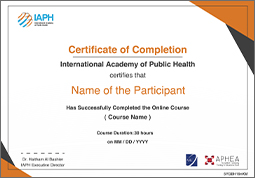Vaccine Preventable Diseases
Description
Vaccine-preventable diseases (VPDs) are infectious diseases for which an effective vaccine is available. Currently, WHO list of available vaccines covers 26 diseases. Among these diseases are poliomyelitis, measles, rubella, tetanus, tuberculosis, diphtheria, pertussis, Haemophilus influenza serotype B infection, hepatitis B, and yellow fever. WHO recommends the use of vaccine as VPDs are major causes of morbidity and mortality across the globe. WHO estimated that vaccination prevents more than 2 million deaths each year. However, some individuals and communities are not vaccinated in a timely manner due to financial constraints, lack of awareness, and access issues.
Learning Outcomes
- Identify VPDs of public health importance
- List the main clinical features of each disease together with case definition
- Identify the disease specific agent, reservoir, human host, and the mode of transmission
- Describe the life cycle of the disease
- Estimate the disease burden and analyze its determinants
- List the recommended control methods and assess possibility of elimination/eradication
- Understand vaccine cold chain and its management
- VPDs among children
- VPDs among adults
- VPDs targeted for elimination/eradication
- Vaccine management

Duration:
30 Learning Hours
Accredited By:


Certificate

Are you interested in the course?
Get notified once the course is open by clicking on
Vaccine Preventable Diseases
Thank you for registering your interest! We appreciate your enthusiasm for this course. As soon as it becomes available, we will reach out to you with all the details. Stay tuned!